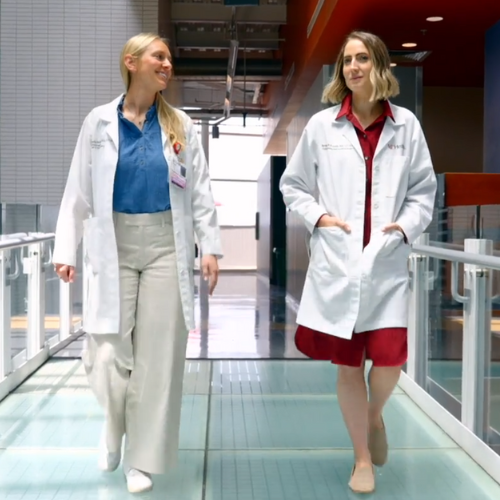reatment Options
Dysphagia can be treated in various ways, depending on its underlying cause. Once we have completed the necessary testing, we will discuss the results and recommendations with you.
We highly value your input and will develop a treatment plan that incorporates both your preferences and our medical expertise. While we aim to resolve your swallowing issues without procedures or surgery, sometimes these interventions are necessary.
Here are some non-surgical and surgical treatments we might recommend:
In severe cases, where there is a high risk of aspiration, a feeding tube may be necessary to ensure adequate nutrition and prevent complications.
What are the possible complications of not treating dysphagia?
If left untreated dysphagia/swallowing problems can result in major health problems like:
If left untreated, dysphagia can lead to several serious complications, including:
- Aspiration Pneumonia: This occurs when food, liquids, or saliva are inhaled into the lungs, leading to infection. Aspiration pneumonia requires prompt medical treatment with antibiotics and can sometimes be life-threatening.
- Esophageal Stricture: Narrowing of the esophagus due to damage and scarring from conditions like acid reflux.
- Esophageal Spasm: Painful contractions of the esophagus that can cause chest pain and difficulty swallowing.
- Dehydration: Difficulty swallowing can make it hard to drink enough fluids, leading to dehydration.
- Poor Nutrition and Weight Loss: Difficulty swallowing can result in inadequate food intake, causing malnutrition and unintended weight loss.
- Increased Risk of Other Illnesses: Poor nutrition and hydration can weaken the immune system, increasing susceptibility to other illnesses.
Proper management of dysphagia is essential to prevent these complications and maintain overall health.

